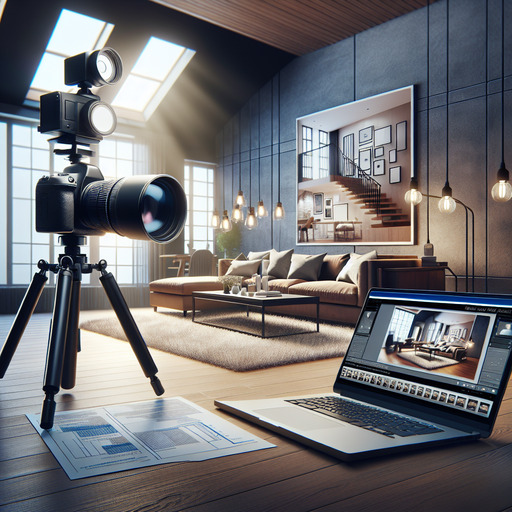
-
Table of Contents
- Mastering Real Estate Photography: Tips, Techniques, and Tools
- Understanding the Importance of Real Estate Photography
- Essential Real Estate Photography Tips
- 1. Mastering the Art of Lighting
- 2. Choosing the Right Equipment
- 3. Composition Techniques for Stunning Photos
- Enhancing Photos with Real Estate Photography Editing
- Real Estate Photography Pricing: What to Consider
- Conclusion
- Questions and Answers
Mastering Real Estate Photography: Tips, Techniques, and Tools
In the competitive world of real estate, first impressions are everything. High-quality real estate photography can make or break a property listing, influencing potential buyers’ decisions before they even step foot inside. This guide will explore essential tips, techniques, and tools to elevate your real estate photography game, ensuring your listings stand out in the crowded market.
Understanding the Importance of Real Estate Photography
Real estate photography is more than just snapping pictures of a property. It’s about capturing the essence and potential of a space, enticing buyers to envision themselves living there. According to the National Association of Realtors, 87% of home buyers found photos to be the most useful feature of online listings. This statistic underscores the critical role photography plays in real estate marketing.
Essential Real Estate Photography Tips
1. Mastering the Art of Lighting
Lighting is crucial in real estate photography. Proper lighting can highlight a property’s best features and create a warm, inviting atmosphere.
- Utilize natural light: Shoot during the golden hours (early morning or late afternoon) for soft, flattering light.
- Use artificial lighting: Employ flash or continuous lighting to fill in shadows and balance exposure.
- Avoid harsh shadows: Use diffusers or reflectors to soften shadows and create even lighting.
2. Choosing the Right Equipment
Investing in the right equipment can significantly impact the quality of your real estate photos.
- Camera: A DSLR or mirrorless camera with a wide-angle lens is ideal for capturing spacious interiors.
- Tripod: Ensures stability and allows for longer exposures in low-light conditions.
- Drone: For aerial shots that showcase the property’s surroundings and unique features.
3. Composition Techniques for Stunning Photos
Composition is key to creating visually appealing real estate photos.
- Rule of thirds: Position key elements along the grid lines for balanced and engaging images.
- Leading lines: Use architectural lines to guide the viewer’s eye through the photo.
- Declutter: Remove personal items and unnecessary objects to create a clean, inviting space.
Enhancing Photos with Real Estate Photography Editing
Post-processing is an essential step in real estate photography. Editing can enhance colors, correct exposure, and remove imperfections, resulting in polished, professional images.
- Software: Use tools like Adobe Lightroom or Photoshop for comprehensive editing capabilities.
- HDR: Combine multiple exposures to capture a wide range of light and detail.
- Virtual staging: Add furniture and decor to empty spaces to help buyers visualize the potential.
Real Estate Photography Pricing: What to Consider
Pricing your real estate photography services can be challenging. Consider factors such as the property’s size, location, and the complexity of the shoot. Offering tiered packages can cater to different client needs and budgets.
Conclusion
Real estate photography is a powerful tool in the property market, capable of transforming listings and attracting potential buyers. By mastering lighting, composition, and editing, and investing in the right equipment, you can create stunning images that showcase properties in their best light.
For more insights into real estate photography, check out this Wikipedia page on real estate photography.
Questions and Answers
Q1: What is the best time of day for real estate photography?
A1: The best time for real estate photography is during the golden hours, which are early morning or late afternoon. This time provides soft, natural lighting that enhances the property’s features.
Q2: How can I make small rooms appear larger in photos?
A2: Use a wide-angle lens to capture more of the room in a single shot. Additionally, declutter the space and use mirrors to create the illusion of depth and space.
Q3: What are the benefits of using a drone in real estate photography?
A3: Drones provide aerial views that highlight the property’s surroundings, unique features, and layout. This perspective can be particularly appealing for large estates or properties with scenic views.
If you’re interested in learning more about our real estate photography services or have any questions, please contact us.